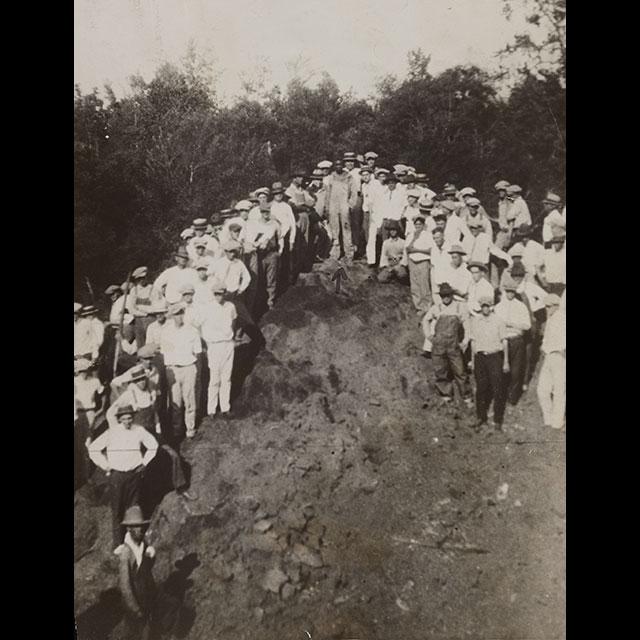After 1890, Black Mississippians were at the mercy of their White neighbors. Lynchings were committed openly. Civil disagreements offered Black people no legal recourse. They were sometimes arrested under false pretenses and then conscripted to forced labor. Lynchings rose and fell in frequency with hard times. Two peak periods of lynchings—1889 to 1908 and 1918 to 1922—were caused by economic hardship, World War I, and new waves of immigration.
Pictured: A lynch mob, all dressed in light colored or white clothes, surround an area to be used as a lynching site. Many tall trees are in the background.
Credit: Library of Congress, Prints and Photographs Division, LC-USZ62-139438
Image Caption
Abandoned By the Law: No Protection, No Place to Turn

